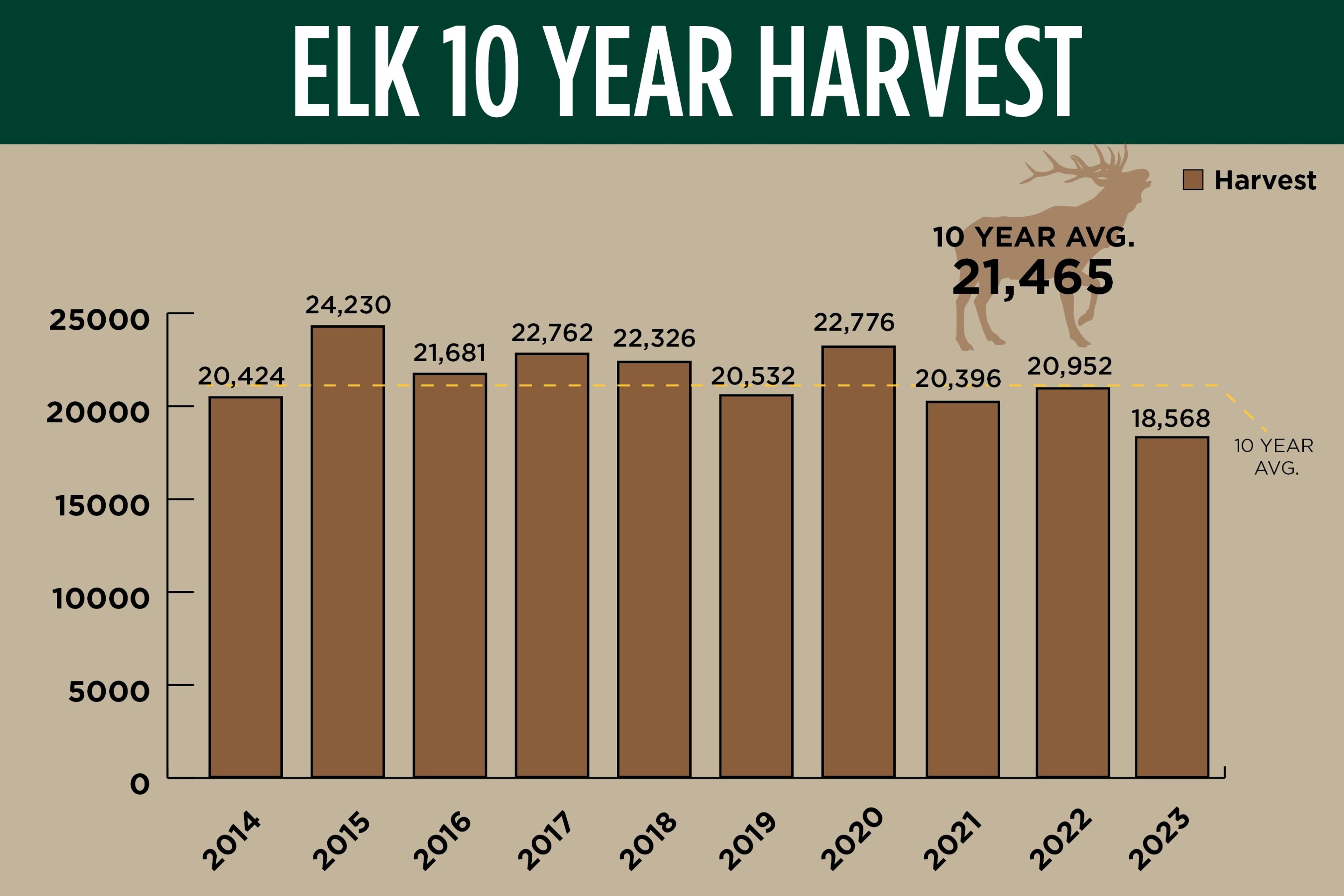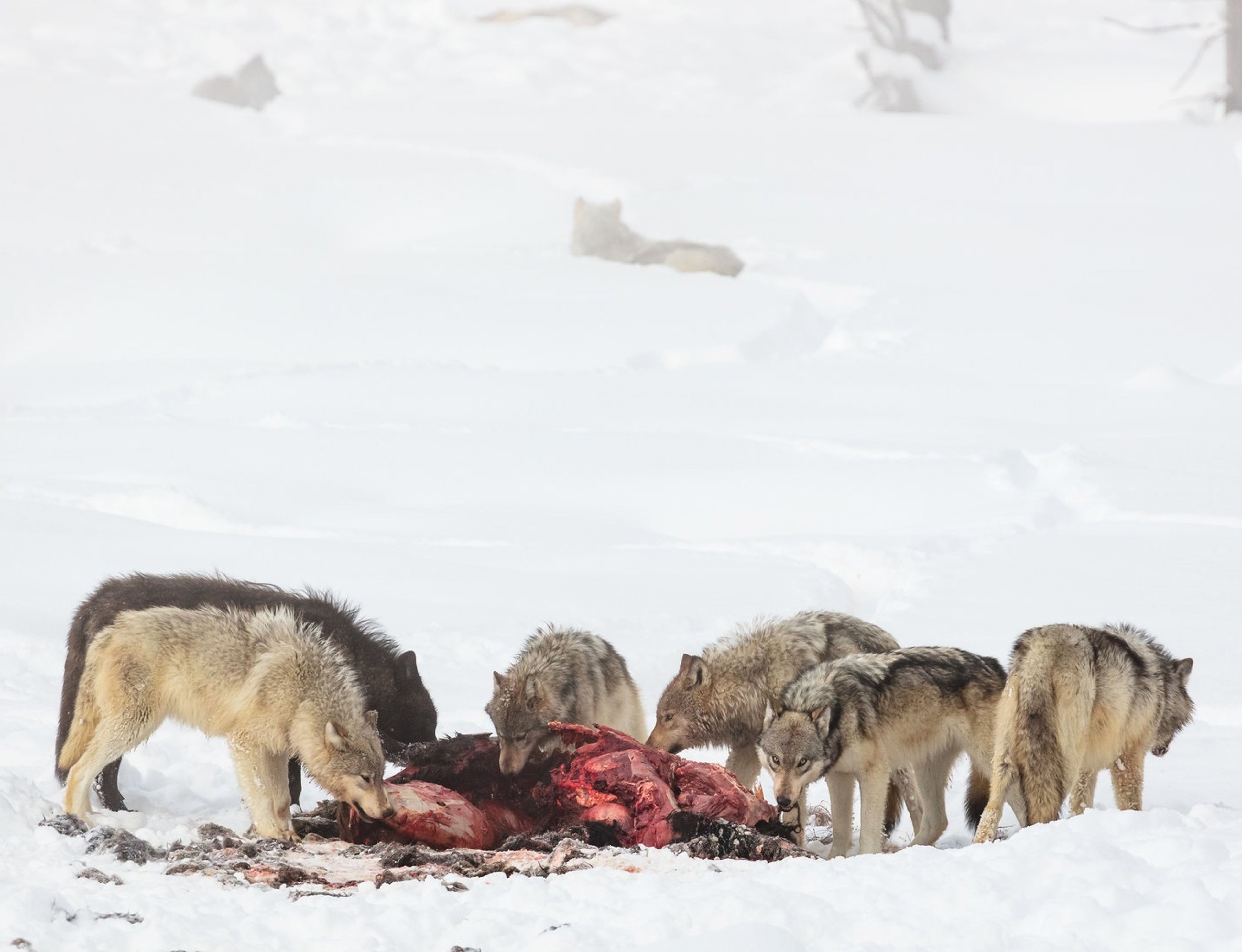Steady as she goes for Idaho’s deer, elk herds
Containing diseases remains a priority for wildlife managers
Idaho’s deer and elk populations, and especially those in the Clearwater Region, appear to be stable.
Wildlife managers continue to monitor chronic wasting disease in units 14 and 18 near White Bird and Slate Creek. The fatal disease represents a major challenge. It can’t be eradicated. Instead, game managers try their best to limit its spread. With that in mind, there are special regulations in place for units 14 and 18 where mandatory CWD testing of harvested and salvaged animals is required.
Thus far, the disease has not spiraled outward from a hot spot near Slate Creek. However, CWD has been detected in two other areas of the state.
Whitetail
Despite a long, hot and dry summer, there doesn’t appear to be any significant outbreaks of epizootic hemorrhagic disease in the Clearwater Region. Add to that relatively mild conditions during the 2023-24 winter and it ought to translate into good survival for deer and elk, according to the Idaho Department of Fish and Game.
Many lower- and middle-elevations areas of the Clearwater Region were hit hard with an EHD outbreak in 2021. But populations appear to beginning to rebound. Idaho Fish and Game biologist Kenny Randall reports that the percentage of 5-point bucks in last fall’s harvest remained strong and harvest was up slightly last year in units 8, 8A and 11A where the outbreak was centered.
Muleys
The Clearwater Region has some good mule deer hunting, though the best places, like Hells Canyon and the Salmon River canyon, are regulated through controlled hunts. But the big-antlered deer can be found in parts of units 8, 8A, 10A and 15, as well as backcountry units 16A, 17, 19 and 20.
Elk
Randall noted that elk harvest is stable in the Palouse Zone and hunter success hit a five-year peak in the Dworshak Zone. However, Fish and Game biologists are closely monitoring the zone where elk tag sales are capped and populations are in decline.
Unit 14, in the Elk City Zone, has seen an increase in elk numbers. The Lolo and Selway zones, where elk have been well below Fish and Game objectives for more than two decades, are also capped. Randall noted that elk calf survival is up in some backcountry units and there are places where elk numbers appear to be strong despite decades long downward — perhaps a reason for optimism.
From a statewide perspective, Fish and Game managers are pleased with the health of elk herds.
“Overall, elk populations are looking good,” said Deer and Elk Coordinator Toby Boudreau. “We saw 87% of collared elk calves and 96% of collared cows make it through the winter, which is a few percentages higher than most years.”
By the numbers
In 2023, hunters in Idaho harvested 18,568 elk, 18,329 mule deer and 19,828 whitetail deer. Elk harvest was down 11% from 2022. Mule deer harvest dropped 22% but the decline was expected because of the deep and lingering snow during the 2022-23 winter that hammered mule deer herds in the southeastern part of the state.
Whitetail harvest increased by 3% compared to 2022 but was still below the 10-year average.
Barker may be contacted at ebarker@lmtribune.com or at (208) 848-2273.










